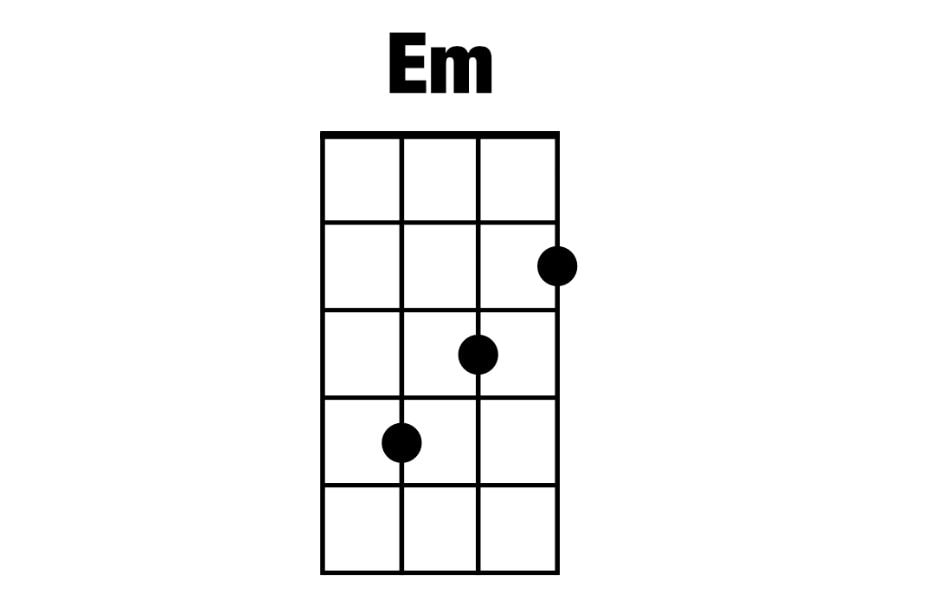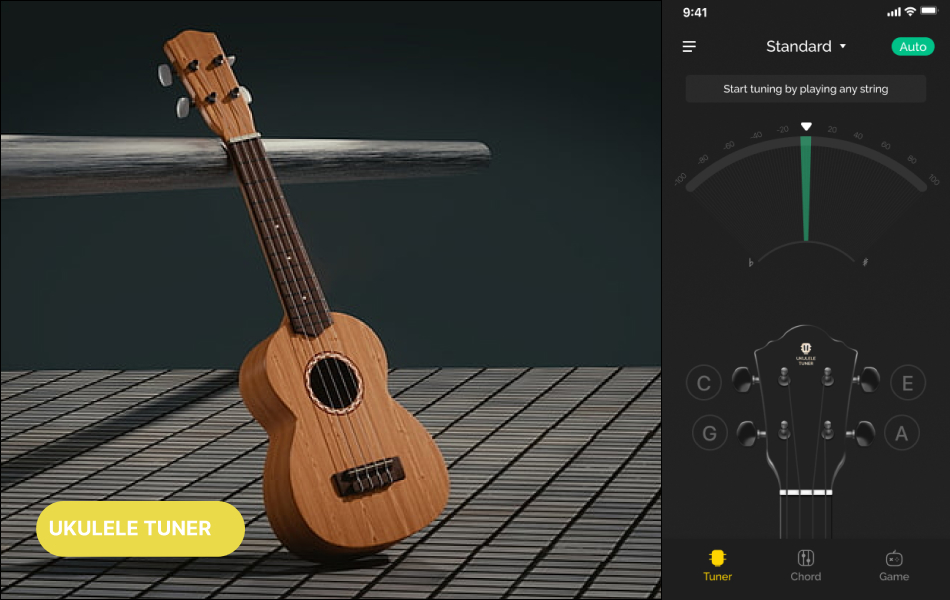How to Protect Your Fingers When Playing Guitar
Playing the guitar makes your fingertips inevitably injured. In this article, we will show you how to protect your fingers when playing guitar.
Finger injury when playing guitar is inevitable
Learning to play the guitar doesn't seem too difficult, but when starting the first lessons and starting to practice on the guitar, the learners will clearly see the difficulties when learning to play this stringed instrument.
The guitar is a stringed instrument, like many other stringed instruments, in order to make sound from the guitar, you will have to use the tips of your fingers to press on the strings. With the structure and characteristics of guitar strings, your fingertips will not be immune to damage caused by the strings.

Initially, it is just peeling at the fingertips, later it is scratching and then bleeding, and over time, calluses will appear on the fingertips. There are some cases where the guitar strings can cut your fingers. With the tension of the strings, if the fingertips hold and press the strings incorrectly, it is straightforward to encounter this situation.
The effects that guitar strings have on beginners may make the passion of many people interrupted. Some newbies may give up learning to play guitar because of the pain, some may miss important guitar lessons because their hands are too sore to practice, etc. So, how can new guitarists protect their fingers when playing the guitar? To help beginners have a better learning outcome, we would like to share some ways to protect fingers when playing guitar right below.
How to protect your fingertips when playing guitar
Check the quality of guitar strings
For guitar players, the quality of the guitar strings is a factor they care a lot about. Long-time players may be concerned about whether guitar strings can rust quickly or break easily. As for those who are just starting to learn to play the guitar, the quality factor that matters to them right now is whether the guitar strings can protect their fingers, whether they will cause bleeding or hurt their hand when playing or not.
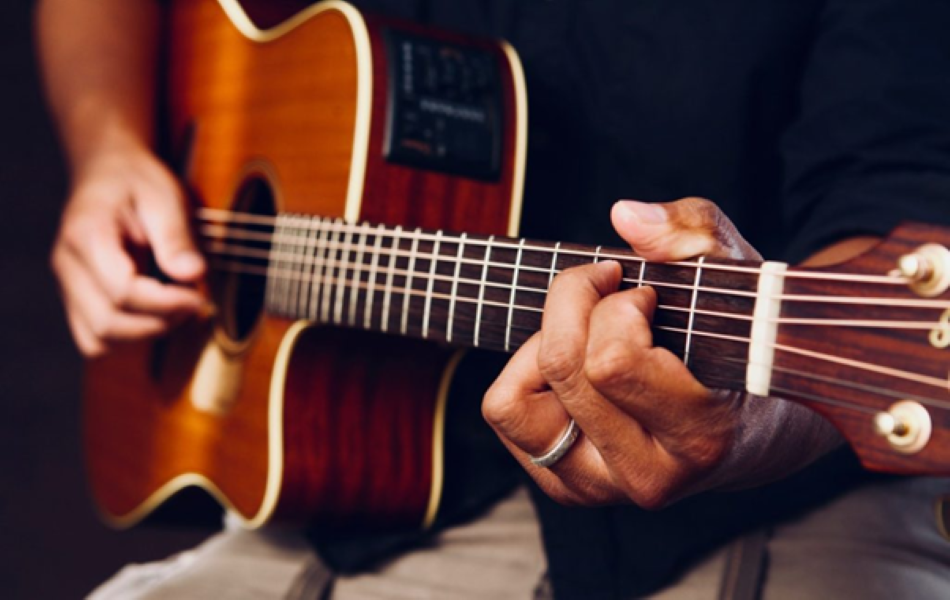
Guitar strings come in many different types. According to the advice of experienced guitarists, to protect their fingers, beginner guitarists should choose the thinnest, lightest, lowest-diameter guitar strings. Later, in the process of learning to play, the players can gradually increase the size of the strings. The use of light guitar strings will reduce discomfort and hand pain for players a lot.
Check action
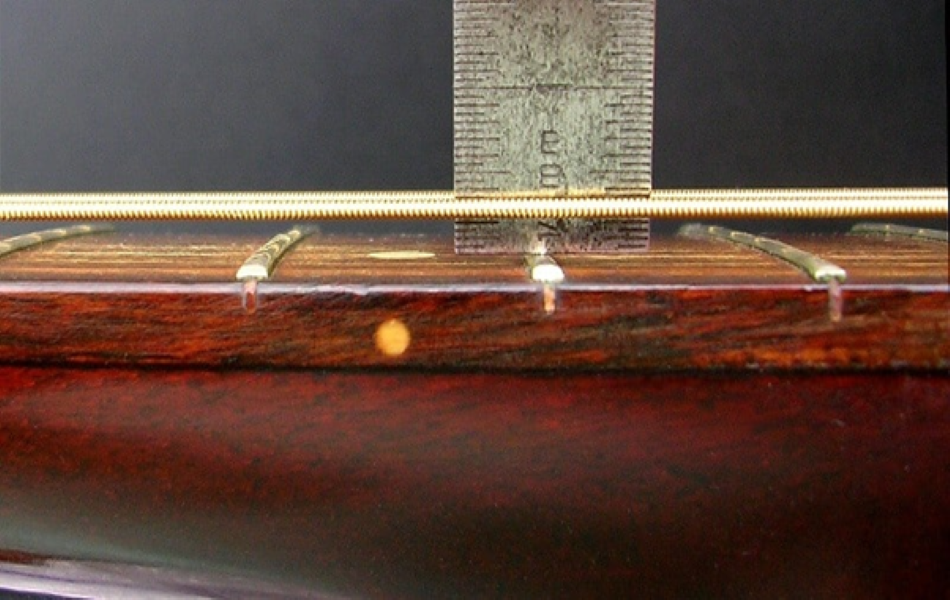
If you start playing the guitar and find yourself pressing the keys with difficulty and pain in your hand, you should check the action of the guitar. Because if the action of the guitar is too high, it will make your hands hurt more and you will have to use more force when playing. Most of the guitars on the market today make the mistake of setting the action too high. So, to reduce the feeling of hand pain and also to protect your fingertips, you should lower the action. You can fix it yourself, or you can take your guitar to an instrument repair shop for assistance in fixing this error.
Play often to form calluses
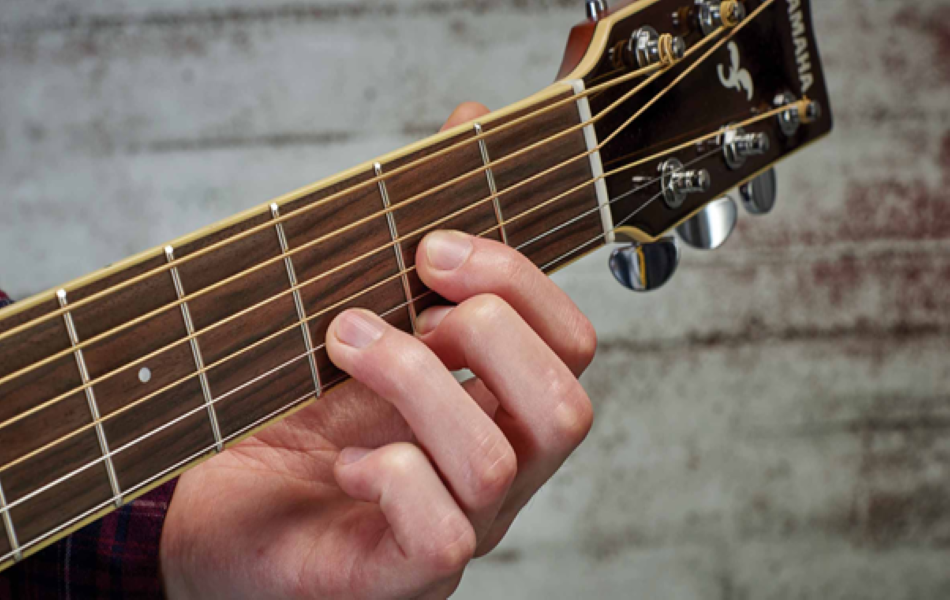
This way sounds somewhat incorrect, but in fact, practicing hard every day for a reasonable amount of time will help you form calluses for your fingers. Once the calluses have formed, your guitar playing will no longer be difficult and painful. In the experience of those who have played the guitar, if your hand hurts and you stop playing for a while when you resume playing the guitar, your hand will still hurt as usual.
As a guitar lover who always wants the guitar to become a companion, even when traveling on a plane you are also interested in whether the guitar can be carried in luggage or not, then you completely know how to protect your fingers while playing the guitar.
Download the Guitar Tunio app to tune your guitar correctly, practice your timing and rhythm, and learn and practice chords. Available on Google Play and App Store, check it out!

